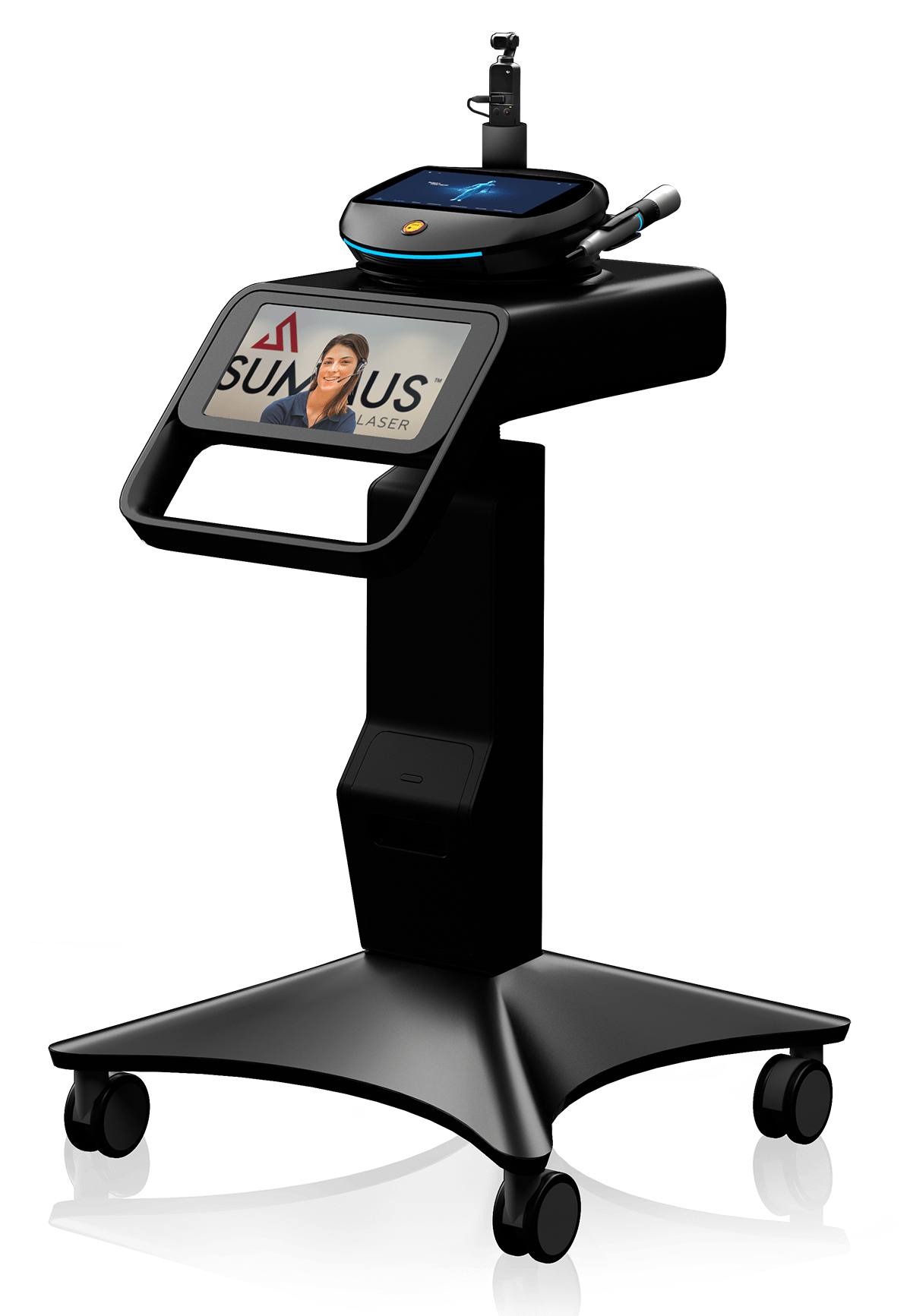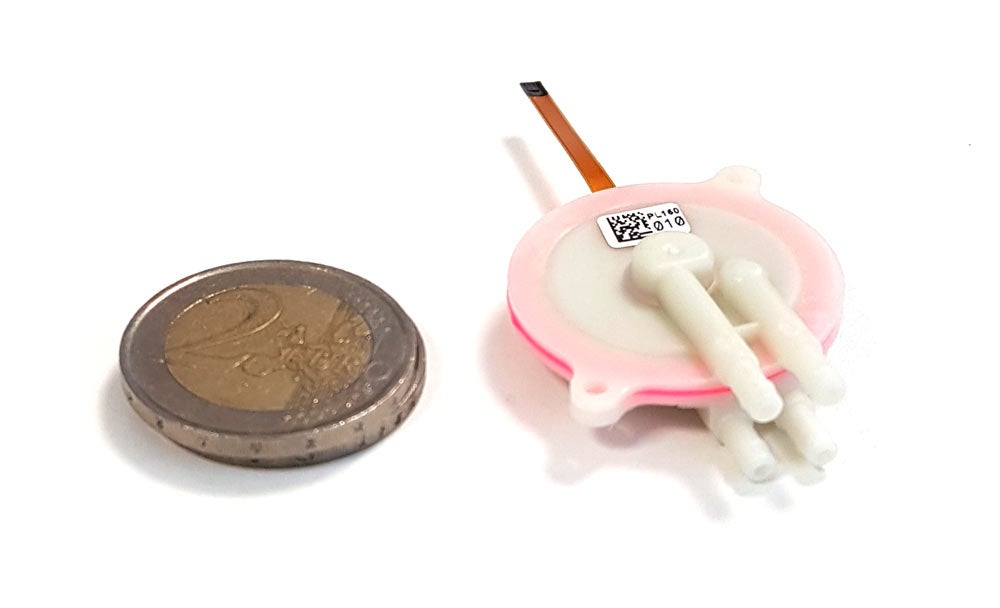
For many years now, large and small companies alike have gathered in the German city of Düsseldorf to share new ideas, innovations and medical technologies as part of the global COMPAMED and MEDICA conferences.
And, despite this event being hosted entirely online for the first time, from 16-19 November 2020, thousands of creative minds from across the medtech industry still presented their products to audiences all over the world via COMPAMED and MEDICA’s virtual platform.
Here are five innovations that caught our eye during the four day-long event – all of which look to have the potential to disrupt the healthcare sector in a big way over the next few years.
Five standout innovations from COMPAMED and MEDICA 2020
UriSed: Automated urine sediment analysis
UriSed is a technology developed and manufactured by Hungarian medical device firm 77 Elektronika, which primarily focuses on in vitro diagnostic solutions like urine analysers and blood glucose metres.
In short, it allows traditional urine sediment analysis via a microscope – which is used to diagnose and guide therapy for a number of acute kidney diseases – to be performed automatically.
UriSed does this by performing sample preparation, taking several images of each sample through its built-in microscope and evaluating them using a high-quality image processing software called Auto Image Evaluation Module (AIEM).

According to 77 Elektronika, UriSed is also able to detect urine particles in a standardised, reproducible way, with high levels of accuracy, and is cost-effective due to the fact it doesn’t use any special liquid reagents.
Under its UriSed line of products, the company makes the UriSed 3 PRO, which boasts a throughput of 130 tests per hour, and increases reliability and improves workflow by fully automating the gold standard method for sediment analysis.
Another product 77 Elektronika presented at COMPAMED and MEDICA 2020 was the UriSed Mini – a semi-automatic urinalysis device that can be a “highly effective” tool in a wide range of medical and clinical settings, including hospitals, clinics, accident and emergency departments, and outpatient laboratories.
The Horizon Laser System
US company Summus Medical Laser exhibited its Horizon Laser System on the final day of COMPAMED and MEDICA 2020.
The “first-of-its-kind” Class IV laser was made specifically for use in the medical industry, and has a number of therapeutic applications including reducing pain, modulating inflammation and accelerating tissue healing in just about any area of a patient’s body.
Alongside its capabilities in treating a range of medical conditions, from arthritis and chronic pain to sprains, strains and acute injuries, Summus says the Horizon Laser System can be used for veterinary and dental procedures as well.

It is designed to be mobile, intuitive and easy to use, but it also features Summus’ On Call system, which allows clinicians to video call the company directly with any questions they have about the laser – creating a live “concierge-style” service.
The Horizon system includes a performance tracker that allows Summus’ customers to monitor exactly how its device is being used on a daily basis, and a neuropathy treatment centre that provides its users with a drug-free, turn-key method for treating the symptoms of nerve damage, known as neuropathy.
Award-winning robotic ultrasound surgery
Over the course of COMPAMED and MEDICA 2020, five teams presented their own unique innovations to an international jury of experts and, in doing so, competed for the KUKA Innovation Award, which recognises applications in the field of medical robotics.
The eventual winner of the award was HIFUSK – a technology introduced by Italian PhD student Andrea Mariani that combines robotics with focused ultrasound to create a new type of precise, fast, non-invasive surgery.
HIFUSK was designed to address an unmet clinical need in the treatment of pathological tissues in the human body, and cancerous tissues in particular.
As Mariani stated in his presentation, all of the current strategies for removing cancerous tissue have associated, negative side-effects – traditional open surgeries and even minimally-invasive operations involve making incisions, while radiotherapy and chemotherapy carry with them some level of toxicity to the human body.
By combining focused, high-intensity ultrasound waves with precise robotic technology provided by German manufacturer KUKA, Mariani and a team from the Sant’Anna School of Advanced Studies in Pisa believe they have created an innovation with “all the features to be an ideal treatment” for pathological tissues.
The HIFUSK platform is not only non-invasive and toxicity-free, but it also requires no anaesthesia, no sterilisation and no hospitalisation – and can even use image guidance technology to compensate for patient movement during a procedure.
Disc Pump: The next step in microfluidic control?
Manufacturing firm TTP Ventus, which is based in Cambridge in the UK, has been making a compact, lightweight micropump called the Disc Pump since 2016, and demonstrated its wide range of potential medical applications at COMPAMED and MEDICA 2020.
The pump’s small size and silent, vibration-free operation – alongside the fact it weighs just 5g – means it is optimised for portable medical devices used in blood pressure monitoring, capnography, drug delivery and many other areas.
And, according to TTP Ventus, while the Disc Pump’s subtlety makes it suitable for the growing number of wearable healthcare technologies currently on the market, it does not make any sacrifices when it comes to performance.

With “exceptional” pressure, vacuum and flow capacity, precise flow control and high response speeds – all while delivering the pneumatic performance of a motor-driven diaphragm pump – the company believes its micropump technology is capable of enabling new possibilities in microfluidic applications too.
During a presentation at COMPAMED and MEDICA, TTP Ventus’ business development manager John Watson also stated that the Disc Pump could play a role in developing next-generation, point-of-care diagnostics for Covid-19, by improving on the accuracy and speed of existing tests.
Sleepiz
Sleepiz was one of four Swiss start-ups that pitched its technology at the event – with Movement Sciences’ pain management device, Leitwert’s digital health platform and B-rayZ’s AI-based mammography solution also being presented virtually to COMPAMED and MEDICA audiences.
The Zürich-based firm exhibited its at-home sleep monitoring application that measures breathing, heart rate and movement during the night to diagnose sleep disorders like sleep apnoea.
However, its technology – also named Sleepiz – differs from many other sleep monitoring solutions as it is completely contactless, and does not involve any wearables, cameras or cables.

Sleepiz consists instead of a small box placed next to the user’s bed that uses wireless millimetre wave technology, sensor fusion and machine learning algorithms to produce medical-grade monitoring.
The company claims its device fills a gap in the market, by replicating the high levels of accuracy associated with traditional polysomnography tests while also matching the economic benefits and comfort provided by more recent wearable technologies.
Anna Windisch – who is head of marketing and sales at Sleepiz – concluded her presentation of the device at COMPAMED and MEDICA by saying that the Swiss firm is on a mission to “revolutionise sleep medicine, and bring light into the darkness of sleep problems”.






